STRENGTH IN EVERY STORY™
Surviving a Brain Hemorrhage on Vacation
Heather’s Story, April 2025
As told by: Fabiola Palomo
Diagnosis received: Non-Aneurysmal Subarachnoid Hemorrhage (NASAH), Chronic headache
Symptoms: Throbbing on left eye, Sensitivity to light, Sensitivity to smell, Tension on the side of the face, Tension on the jawline to the neck, Tension on the eyebrow to the neck, Nausea, Vomiting, Severe neck pain, Allodynia
In July of 2019, on a much-anticipated vacation, Heather was surrounded by friends and family on Magens Bay in St. Thomas, U.S. Virgin Islands. While still basking in the joy of celebrating an incredible B’nai Mitzvah, Heather was experiencing lingering symptoms from what would later be identified as a “thunderclap headache,” an intense and sudden pain that signaled it was far more serious than a typical headache.
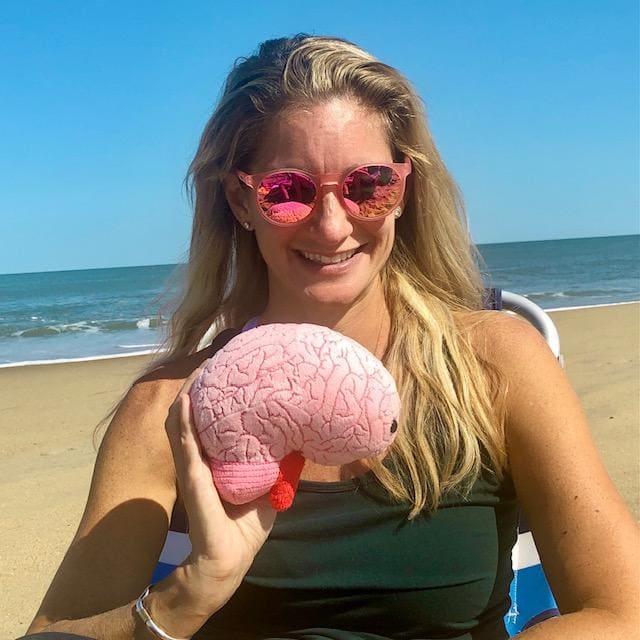
Vacation, Interrupted
Growing concerned with her symptoms, nausea, dizziness, and severe neck pain, Heather headed to the hospital and was admitted to the emergency room. She underwent a CT scan, revealing she had suffered a spontaneous brain bleed of unknown origin. Without a neuro-unit on the island, Heather’s only chance of survival was to be airlifted to the nearest Level 1 Trauma Center on the East Coast.
Heather was informed there was an open ICU hospital bed in Washington, D.C. What followed was a sleepless and chaotic 60-hour journey that involved aircraft malfunctions, detours, and delayed customs clearance once back on the mainland. Out of pure luck, Heather’s predicament was heard through an emergency call, “In search of a medically equipped plane to transport a patient in critical condition from Florida to D.C.”
What happened next was a miracle: a pilot heard the call, volunteered his private jet, and flew Heather, her husband, and the medical crew to the hospital on an “angel flight.”
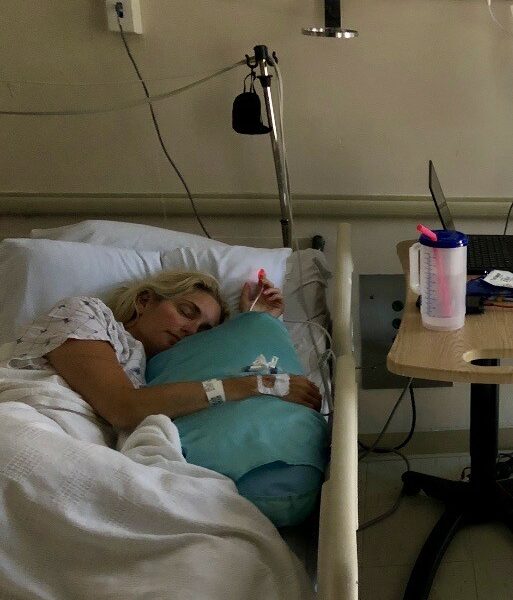
Fighting for A Chance of Survival
Heather arrived in D.C. around midnight on July 7. Later that morning, an angiogram was performed, and she was diagnosed with a spontaneous non-aneurysmal subarachnoid hemorrhage.
Heather explained, “Fortunately, because I remained conscious and cognitively alert…[this] made it possible to undergo an angiogram, a procedure that requires a patient to be awake, responsive, and able to follow basic commands like holding their breath.
Initially, my doctors considered performing a craniotomy to surgically clip the affected artery or placing a titanium coil laparoscopically inside a vein to stop the bleeding. With the results of the angiogram, they were able to make medical decisions that included treatment without surgical intervention… And miraculously, I had not suffered a stroke during the prolonged ordeal,” said Heather.
A Road Towards Recovery
For the next two weeks, Heather remained in the ICU, undergoing another angiogram, and was treated for cerebral vasospasms. A long recovery journey began, with Heather experiencing severe light sensitivity, which prevented her from leaving her hospital room. Her recovery consisted of neurological monitoring and additional doctor visits, which later revealed that the cause of the brain bleed was due to a chiropractic neck adjustment that was performed the afternoon prior to her flight to St.Thomas.
Heather recalls having mild symptoms that she did not fully recognize until later as a “thunderclap headache.” “I bent down to tie the side of a banner to a railing [and] when I stood up, I felt a snap in the back of my head, like a rubber band breaking and immediately became overcome with nausea and intense dizziness,” shared Heather.
Nonetheless, Heather felt incredibly supported by her loving family and concerned friends. She was being well monitored to help identify any potential complications or concerns. “I had the greatest doctors, nurses, lab techs, and sonographers anyone could have imagined!” shared Heather. “Nurses checked my vitals every hour around the clock, and, in turn, my family taught them about the healing powers of chicken soup with matzo balls…”
With 5 ½ years of recovery, Heather embarked on an adventure of advocacy and transformation. Healing took on many forms: physically, emotionally, and mentally. Much of that consisted of taking supplements, starting physical therapy, acupuncture treatments, massage, and practicing yoga, meditation, and mindfulness.
To help lessen the severe and persistent headache attacks, Heather dedicated herself to engaging in regular physical activity, such as walking long distances. “To this day, I have not missed one day of walking 5+ miles and at least 10k steps,” said Heather.
In addition to staying active, she uses practical strategies to reduce sensory overload, such as wearing blue-light filtering glasses, applying screen filters to her devices, and using earplugs and sunglasses to ease light and sound sensitivity.

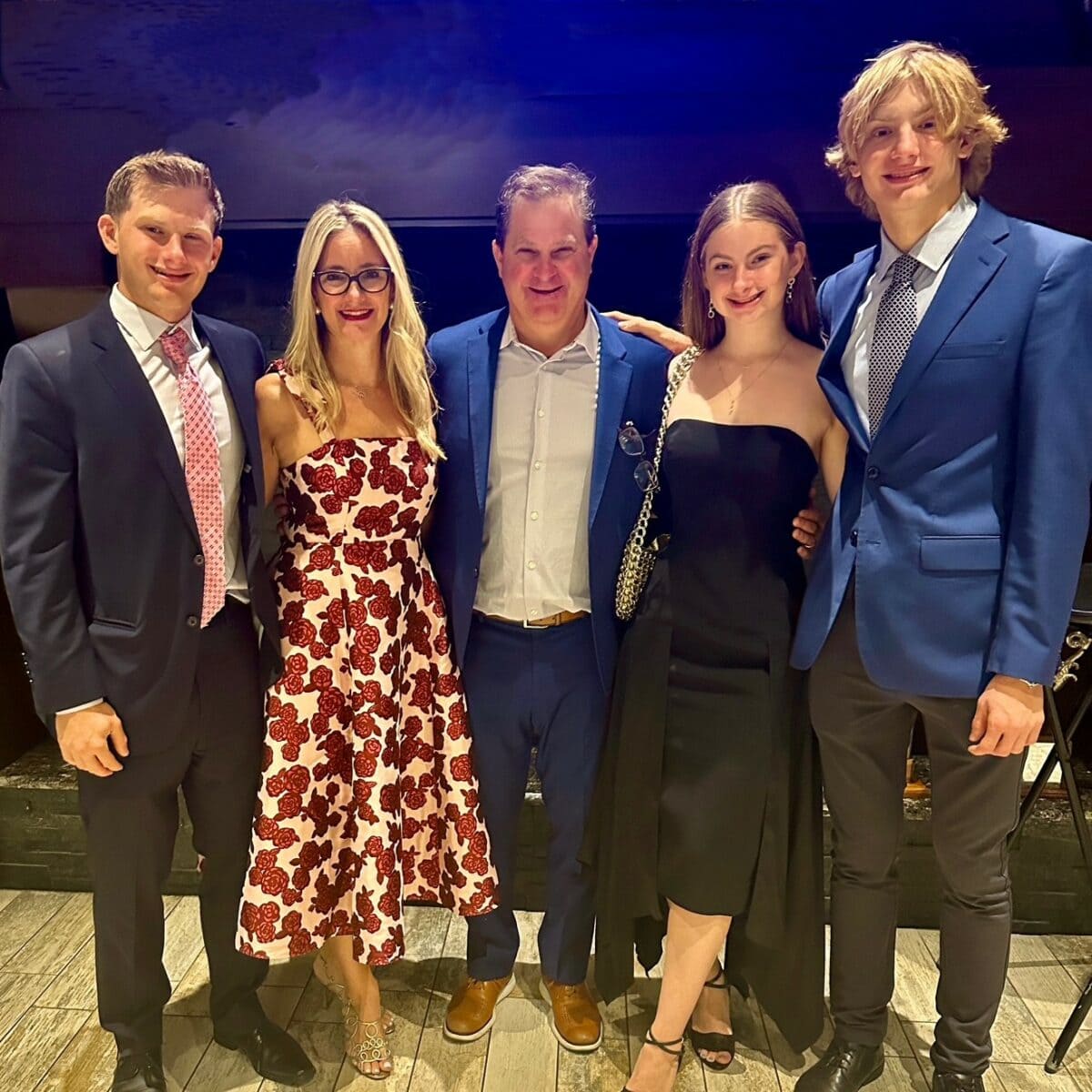

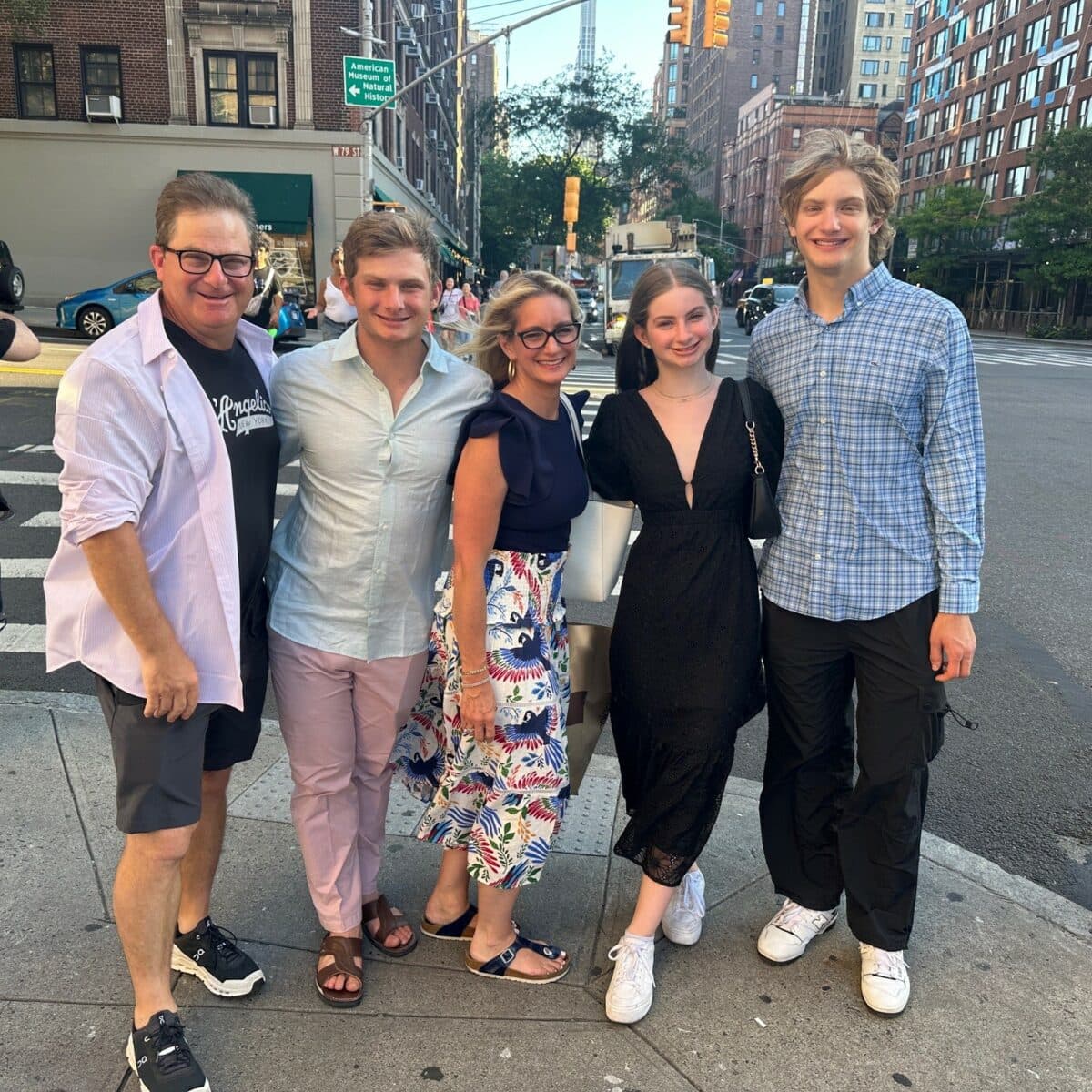
Gaining Control and Engaging in Advocacy Work
Soon enough, Heather began gaining control and embracing life again. “I started driving again, traveling again. I returned to work… I regained my life. Eventually, I took up advocacy work for brain bleed survivors and individuals suffering from headache disorders. I now meet with members of Congress [through Headache on the Hill] to share my story and ask for funding for research and changes to public policy to help survivors like me,” shared Heather.
While experiencing as many as 8 days of headache attacks a month, Heather has never missed work but admits to skipping social events when symptoms flare up. “Of course, my purse always has sunglasses, earplugs, a hat, snacks, water, and meds just in case [symptoms emerge].”
Well-versed in advocating for herself and bringing awareness to headache disorders, as a school counselor and parent of a child living with migraine, Heather stresses the importance of empowering students to advocate for themselves and their needs, like receiving the necessary accommodations for their academic success.
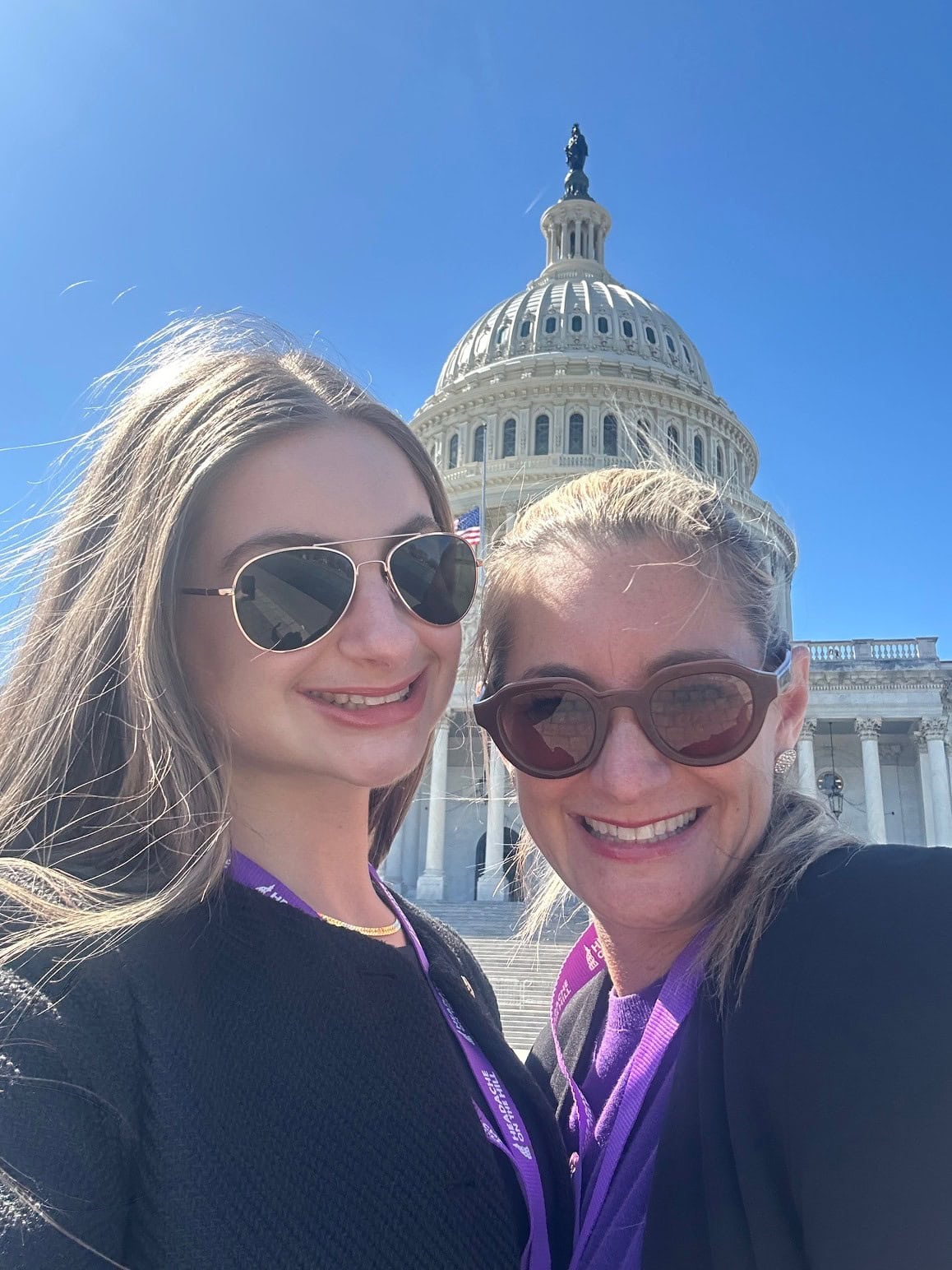
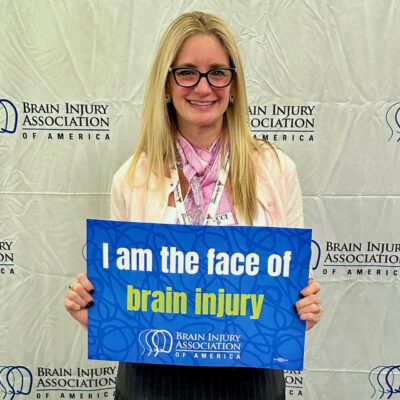
Standing Firm and Undefeated
Some challenges Heather has faced include medical gaslighting* and people minimizing her pain. To combat this, she prioritizes her mental health and establishes boundaries. “I set personal boundaries like declining invitations that don’t align with my mindset, I gracefully and unapologetically leave events when I’ve reached my limit, or I distance myself from toxic people and unhealthy situations.”
Because headache disorders are often misunderstood, Heather has also had people diminish her illness, “This has included people who downplayed my trauma [and] blamed my type-A personality for contributing to my subarachnoid hemorrhage, or insisted that because I ‘look fine,’ I must not be suffering…” shared Heather.
However, she’s found support and a sense of community through various survivor support groups and her advocacy work. “I learned to ask for and accept help. I followed the recommendations to be gentle with myself and learned to accept that brains heal slowly,” said Heather.
Learning to Shine Again
Through it all, Heather finds hope every day and thrives on the opportunity to help others. “Every recovery story is as unique as the person. You are a diamond. You are fragile, beautiful, and strong. You may need a bit of polishing and lots of TLC (tender loving care), but you will shine and glimmer once you find the optimal light.”
Starting a healing journey with an online community that faces similar challenges, she advises the following: “Remember that people tend to look for support when they need it the most and often times twindle their online activity as they advance in their healing journey. Just because you are less likely to see responses that indicate full recovery or successful symptom management, [it] does not mean that it’s not possible–so do not get discouraged!”
Heather draws the comparison between others and their condition to diamonds, which develop and differ in numerous ways. “No two [are] exactly the same; color, cut, clarity, size may be similar but can vary slightly or dramatically. Each of us survived a unique medical trauma, and our recovery is due to a mix of elements like severity of bleed, cause, prior health issues, level of care, and personal determination.” Such a comparison reminds us that healing is more of a journey, rather than a destination.
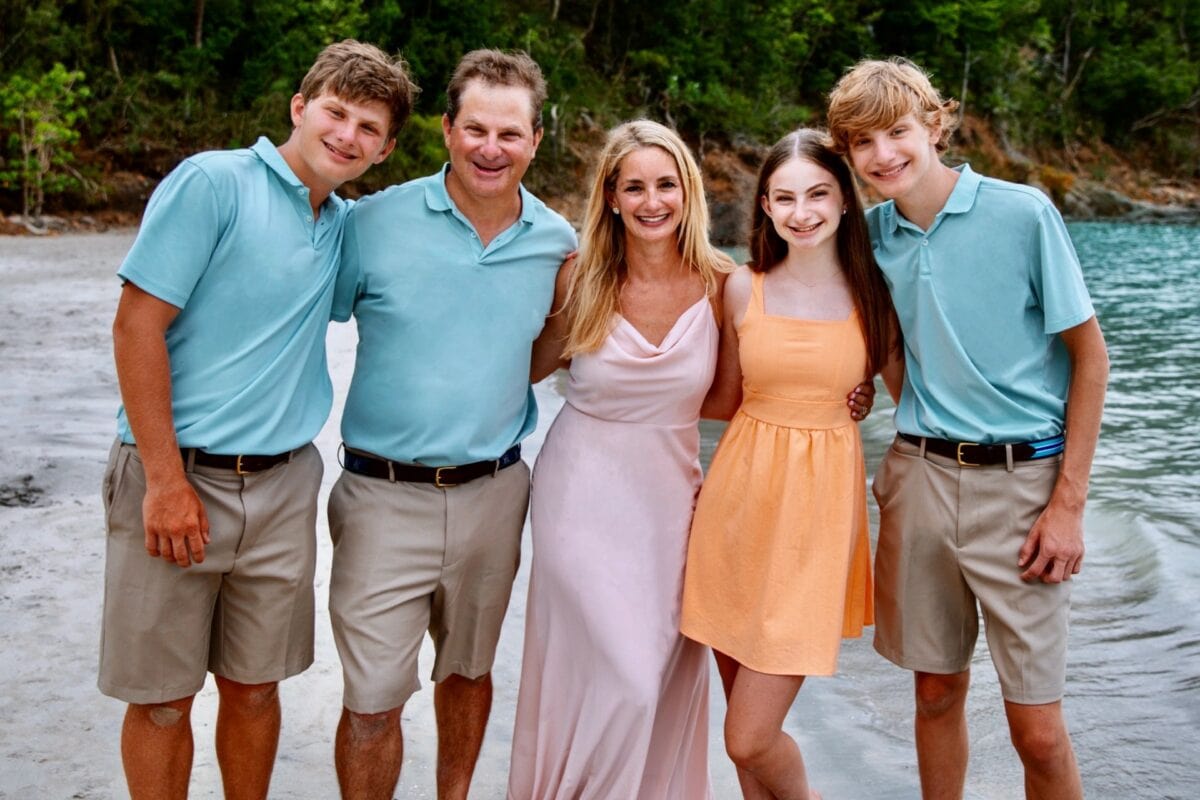
*Medical gaslighting is when health care professionals seem to invalidate or ignore your concerns.
